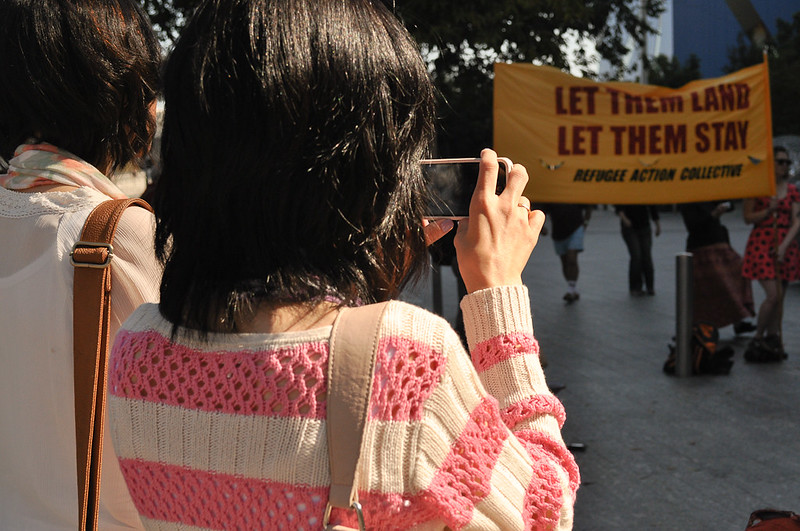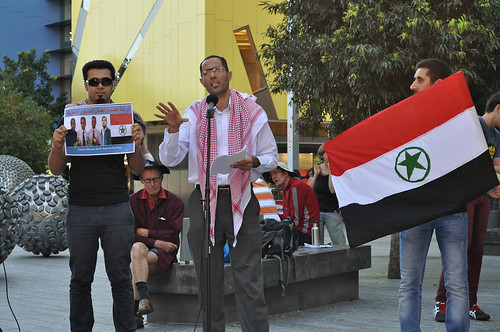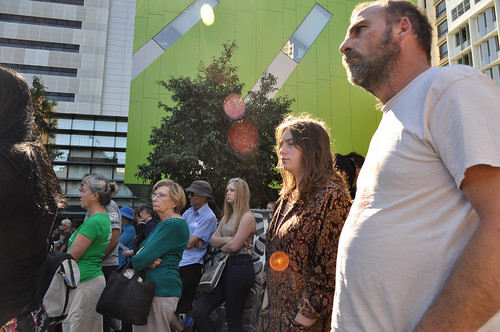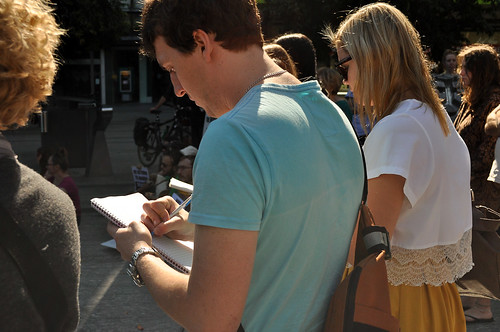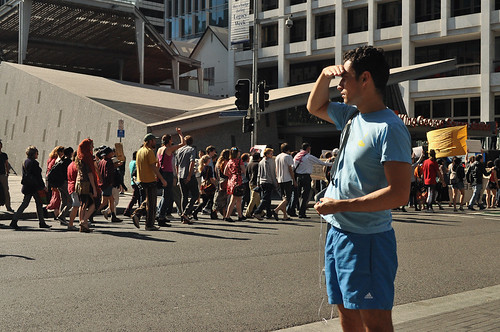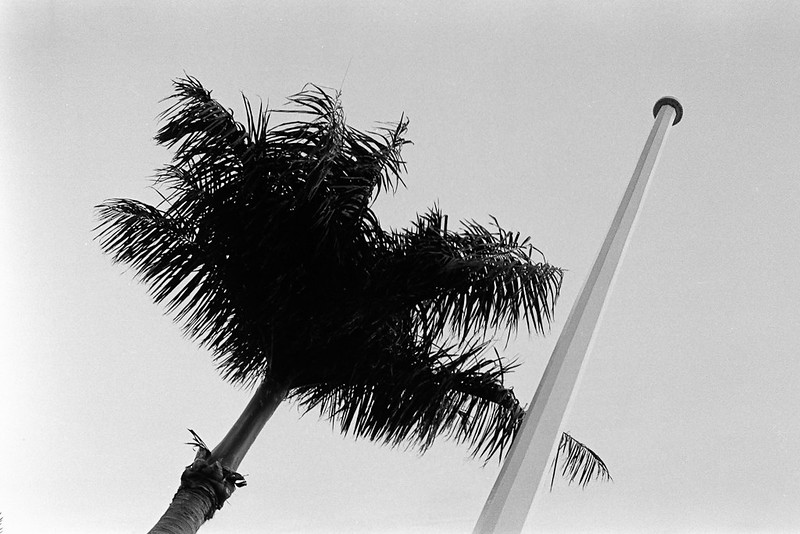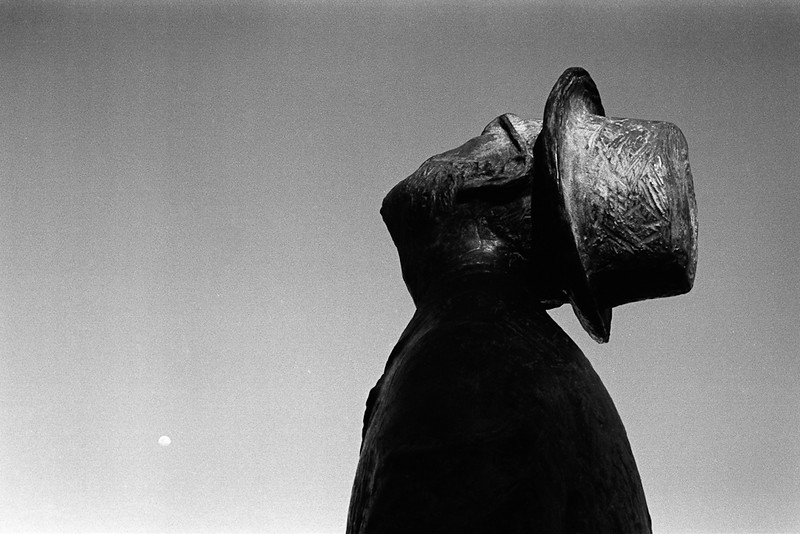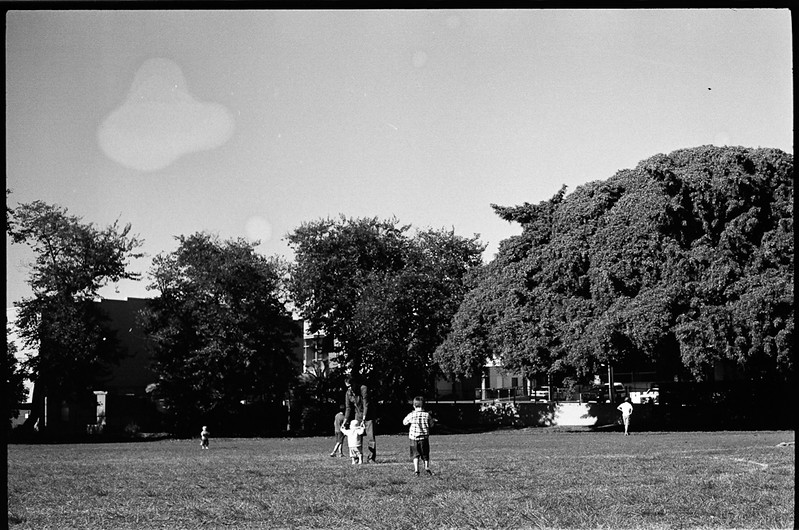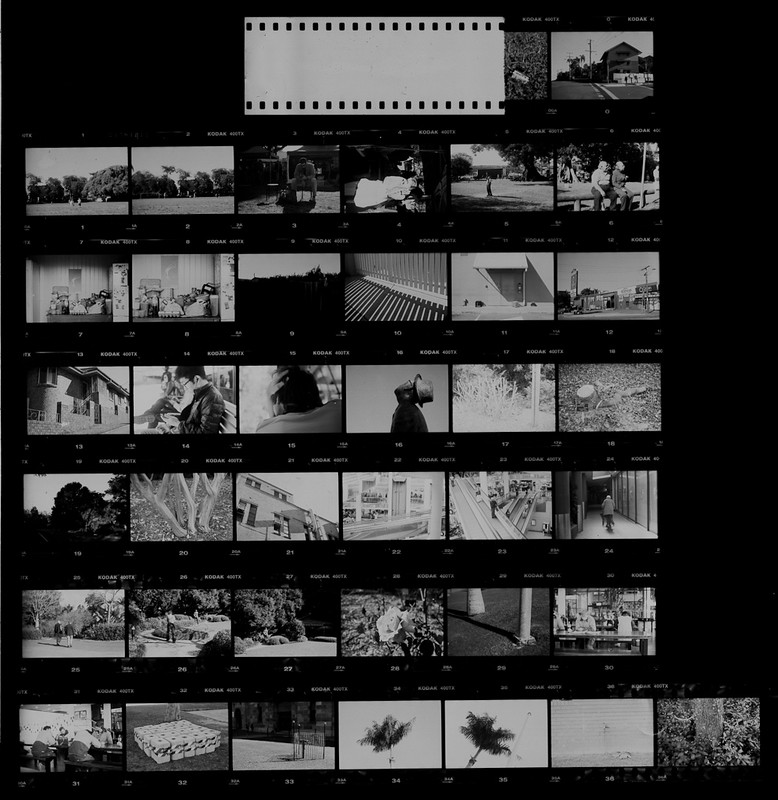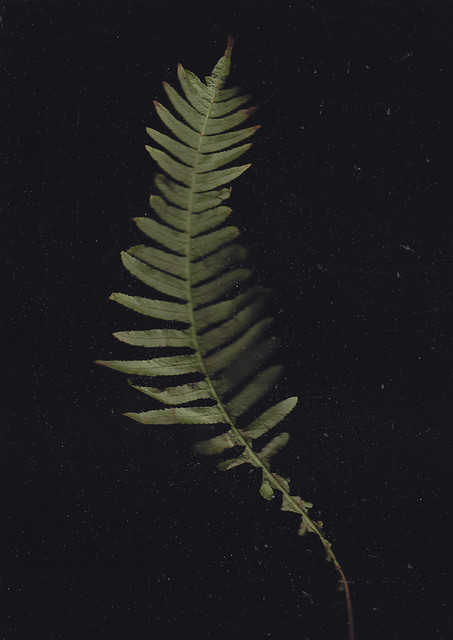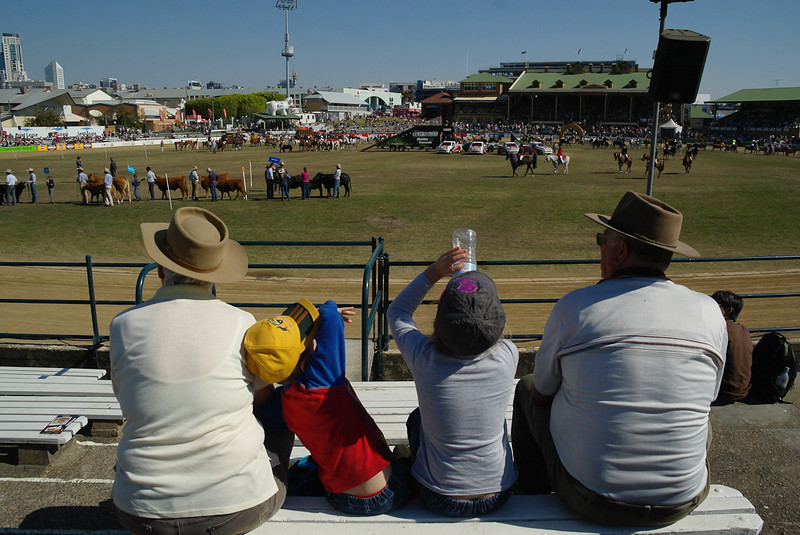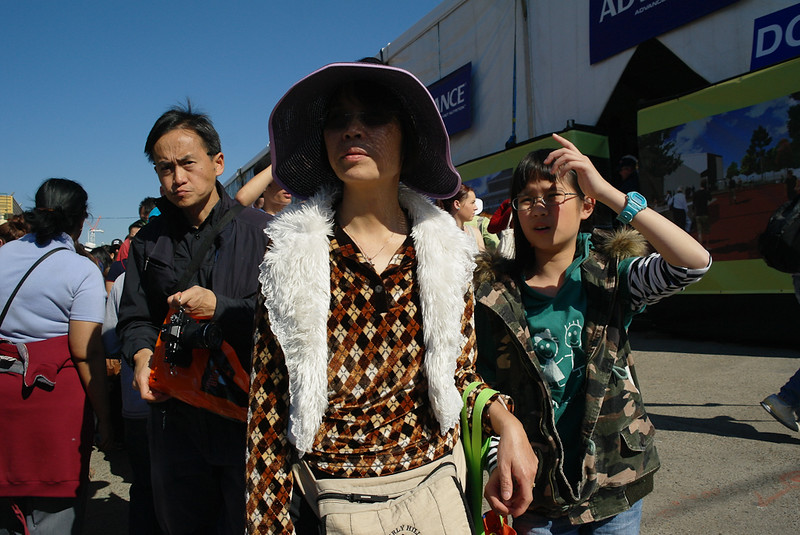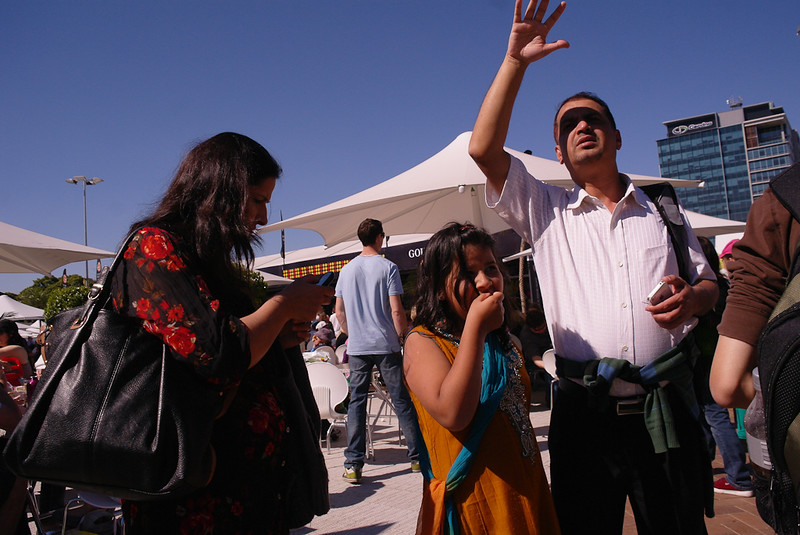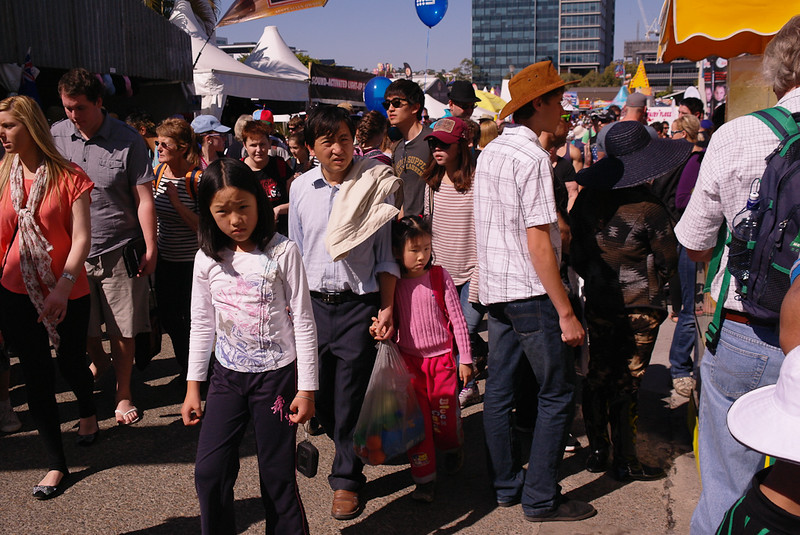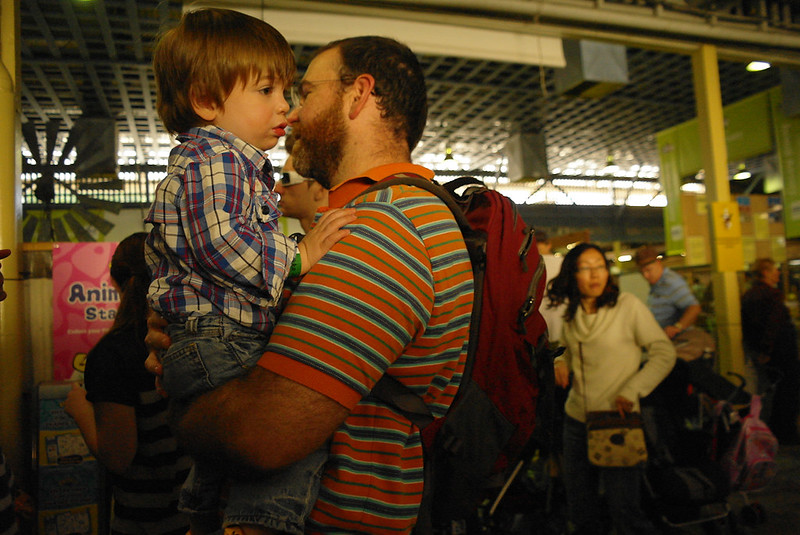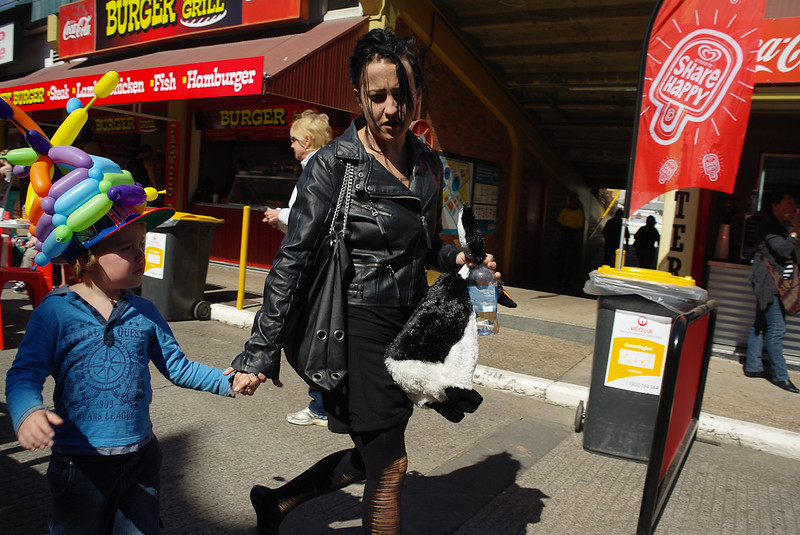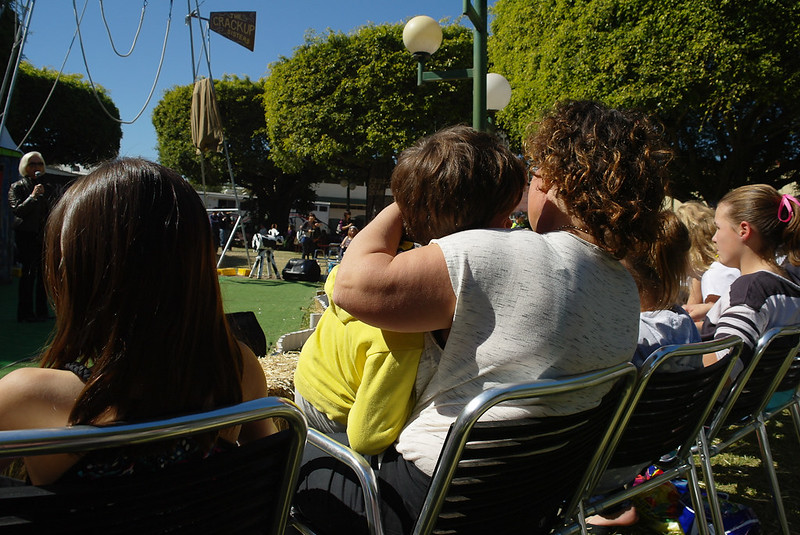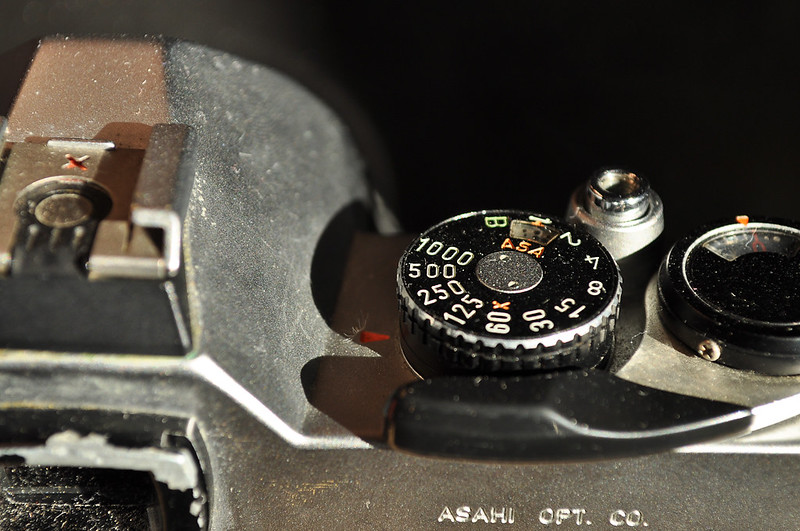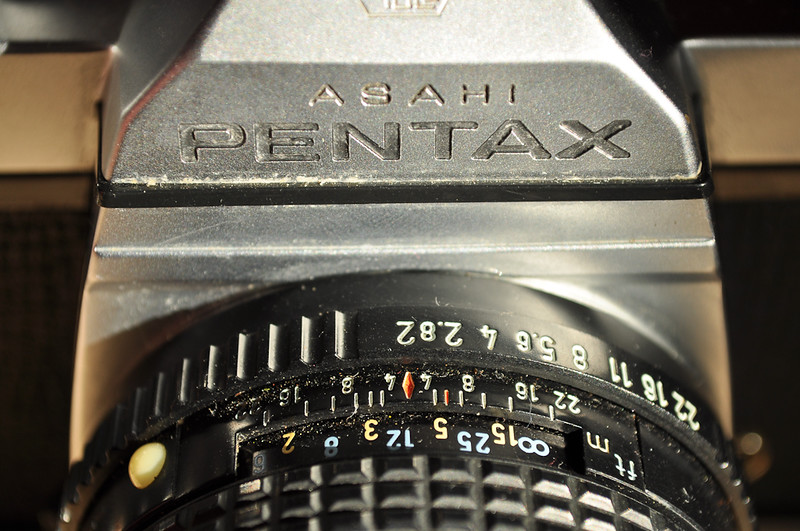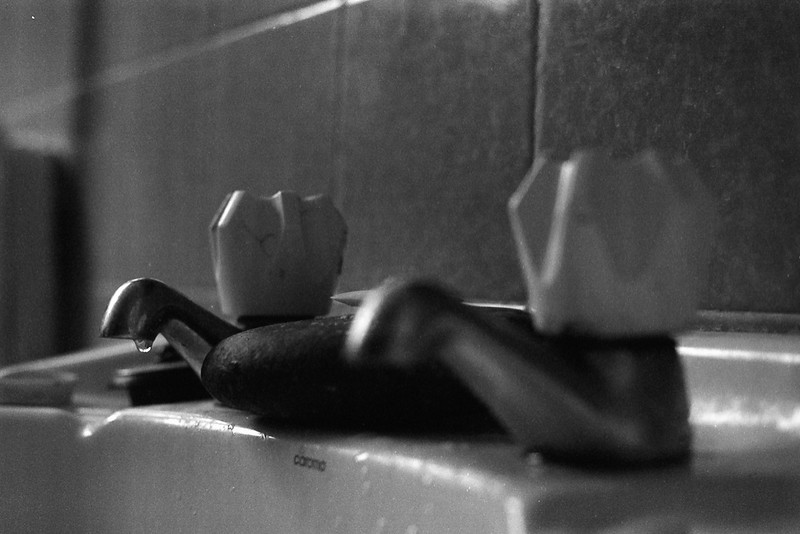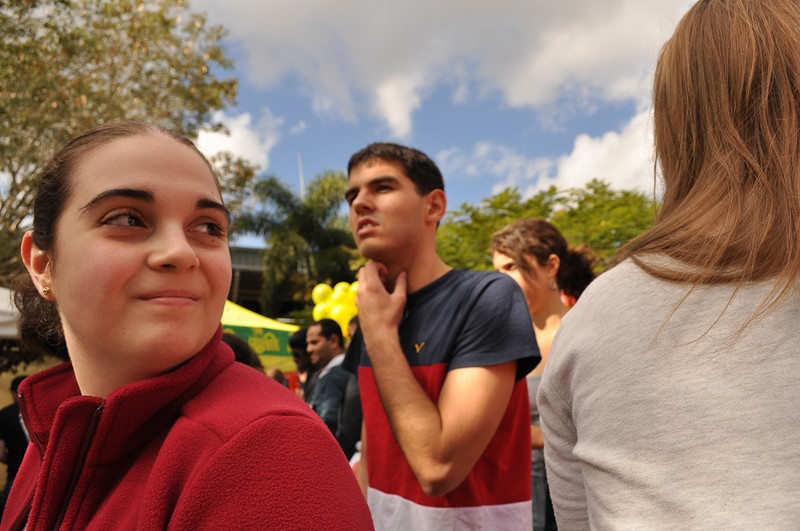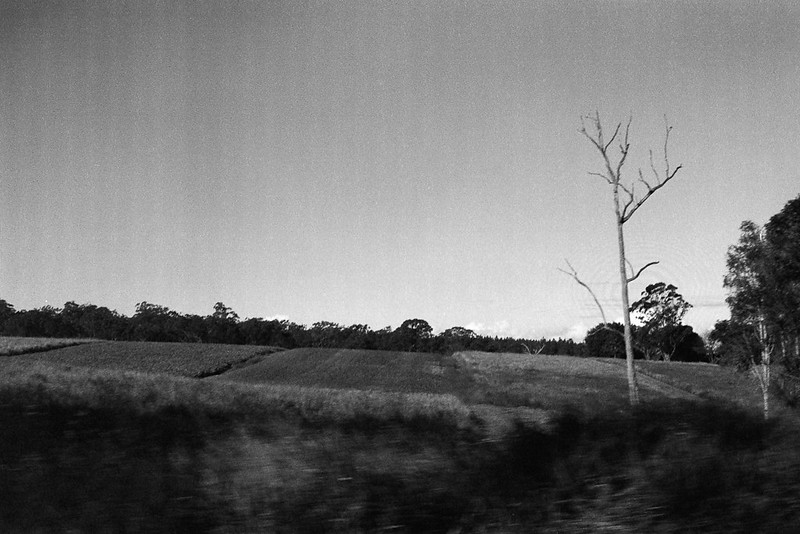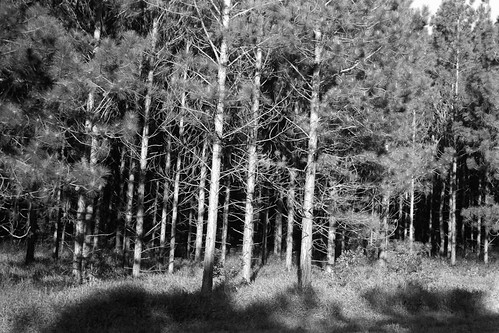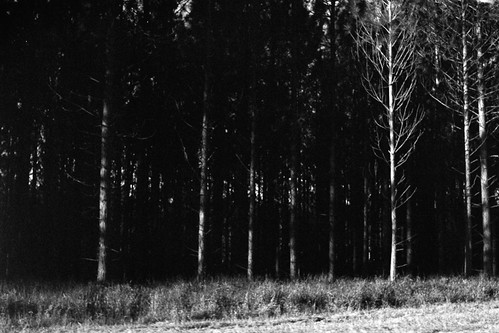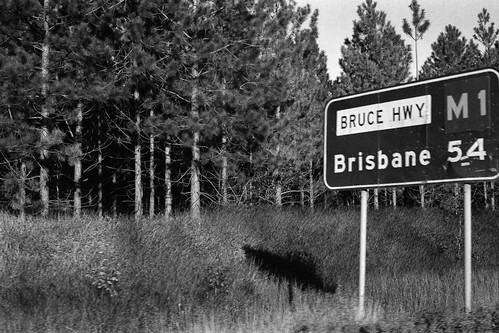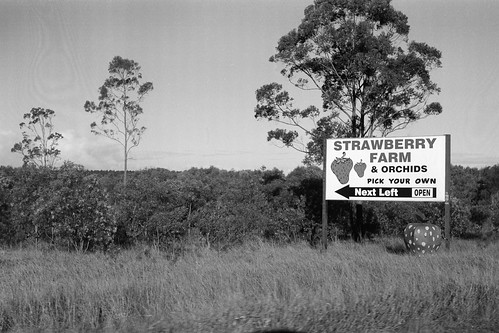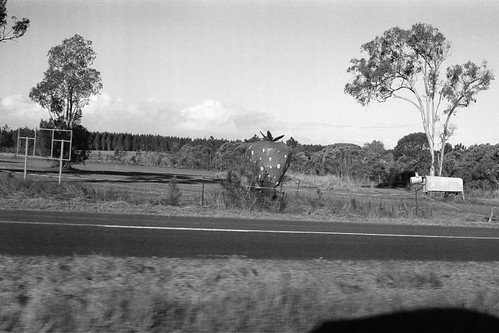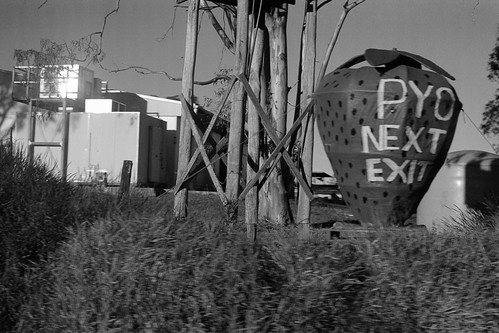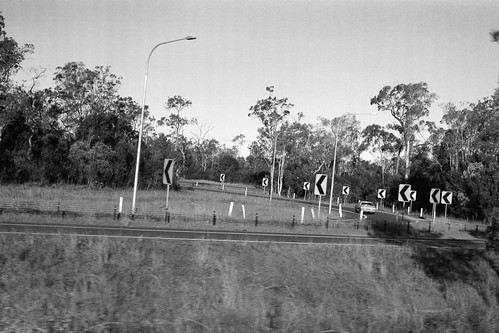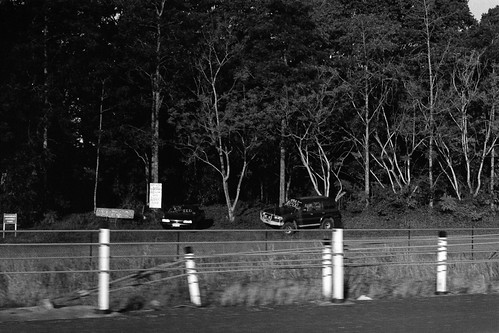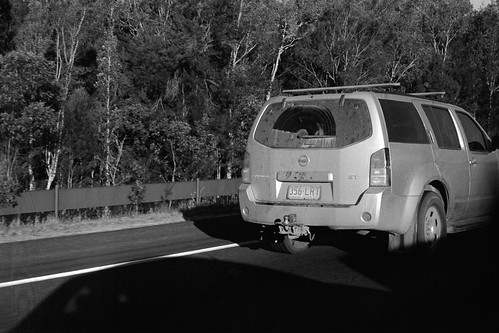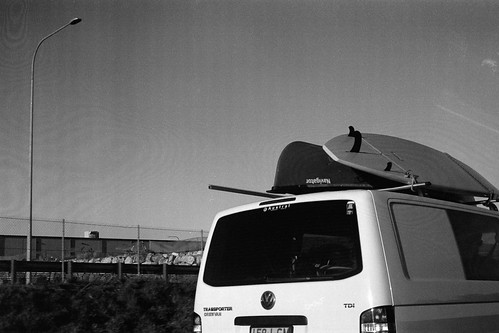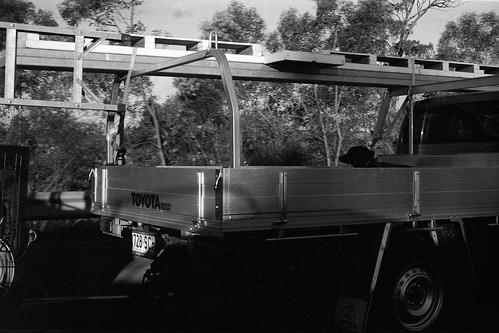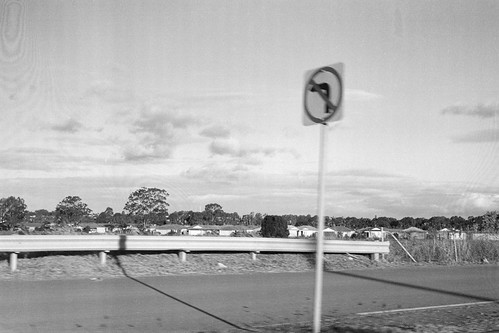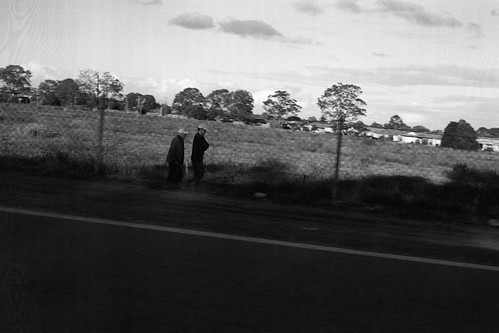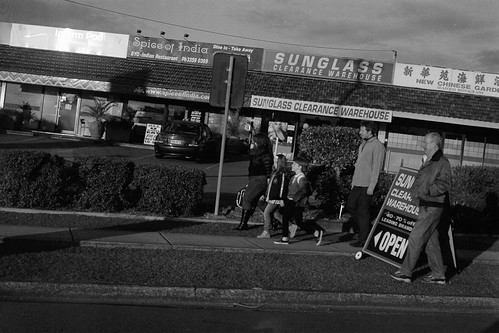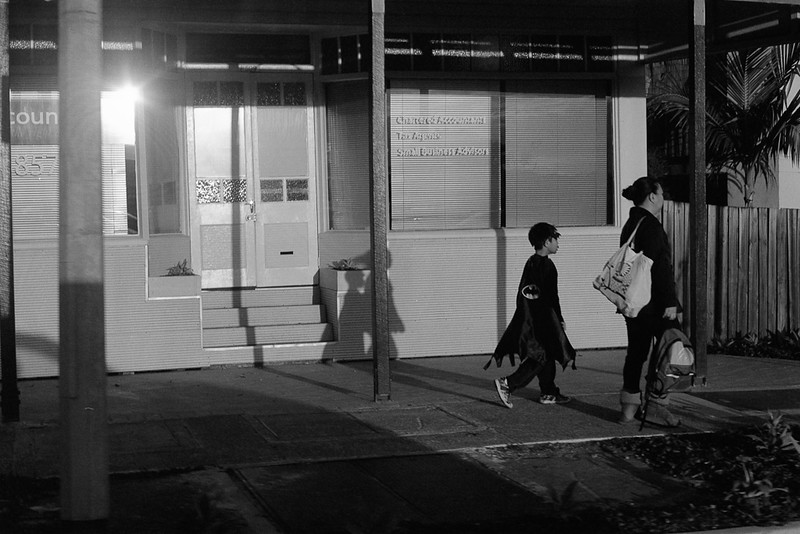Our love with nature is an ambiguous one. And
Ekka is a place to witness such an interesting relationship.
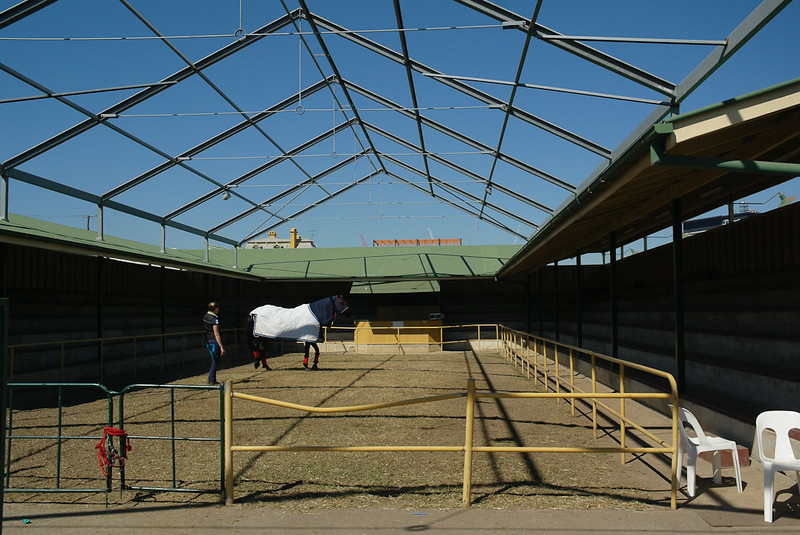 |
| Animal on show #1, Ekka Showground. 2012. Samsung NX5. |
The grand parade at the main ring remains as the all-time favorite that "epitomises the Exhibition's commitment to excellence in animal husbandry" (Scott & Laurie 2008). Practiced for thousands of years,
animal husbandry signifies humans' mutualism with domesticated animals. We provide food and shelter and guarantee a certain lifespan for the animals, and they "pay back" with meat, material, labour, and even companionship.
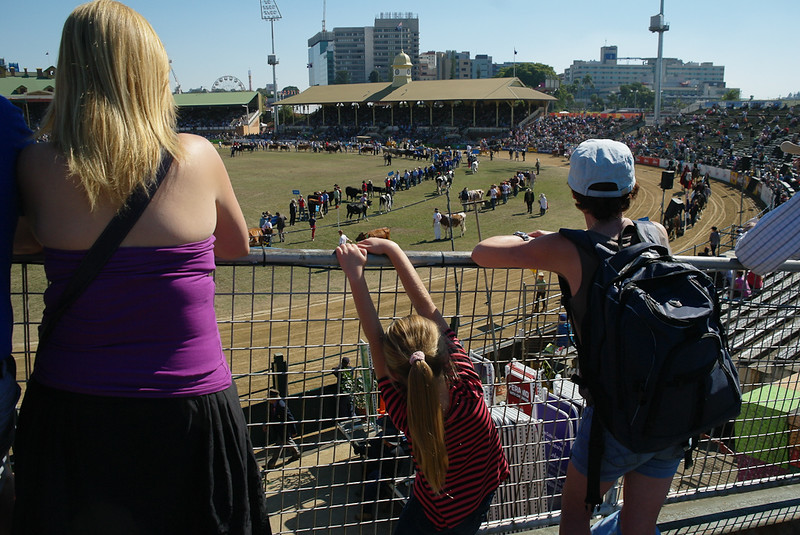 |
| Animal on show #2, Ekka Showground. 2012. |
Our affinity to cute, fluffy farm animals was quickly shown at first sight. The UHs and AHs were accompanied by the virtual shutter clicks of cameraphones. Who could resist a harmless sheep that has been domesticated since
ten thousand years ago? They don't bite. What I'm trying to say is that, through domestication, humans had succeeded in securing a safe environment to stabilise food production, grow settlement, and start to understand nature without worrying of danger. Our love with nature could only begin when the fear of nature was overcome.
 |
| Animal on show #3, Ekka Showground. 2012. |
The exhibition worker behind the llama kept reminding that the animal does spit (on our faces) but it only does it rarely. Anyhow, some brave Ekka goers still took photographs with the animal while hoping that it wouldn't be their unlucky day.
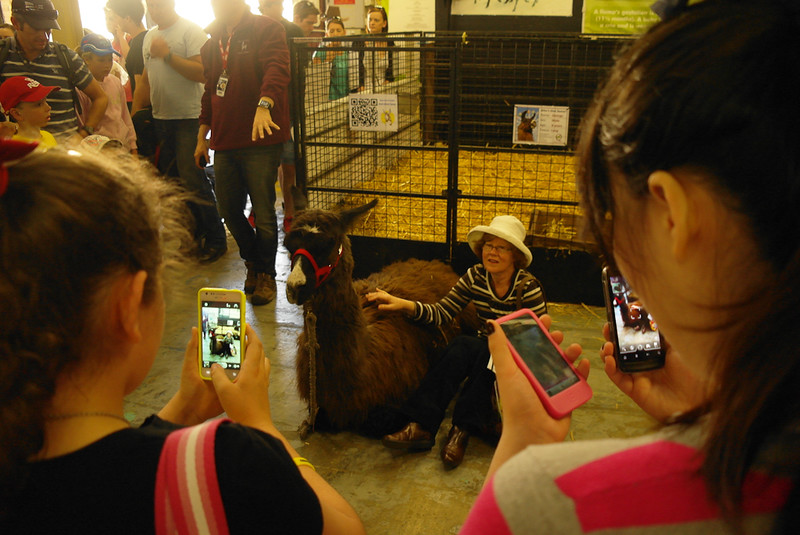 |
| Animal on show #4, Ekka Showground. 2012. |
Then I came across this hand-washing station where people washed their hands after touching the animals. There we are, uncomfortable with the slightest dirt because modern science told us that anything
wild could bring disease. In his
Captive Landscapes (2011) project statement, Daniel Kukla mentioned "[w]e, as humans, go to great lengths to satisfy our desire for a connection with the natural world, especially in our interactions with wild and exotic animals." However, we are still subconsciously aware of the fact that we are fragile and highly susceptible to germs and disease vectors.
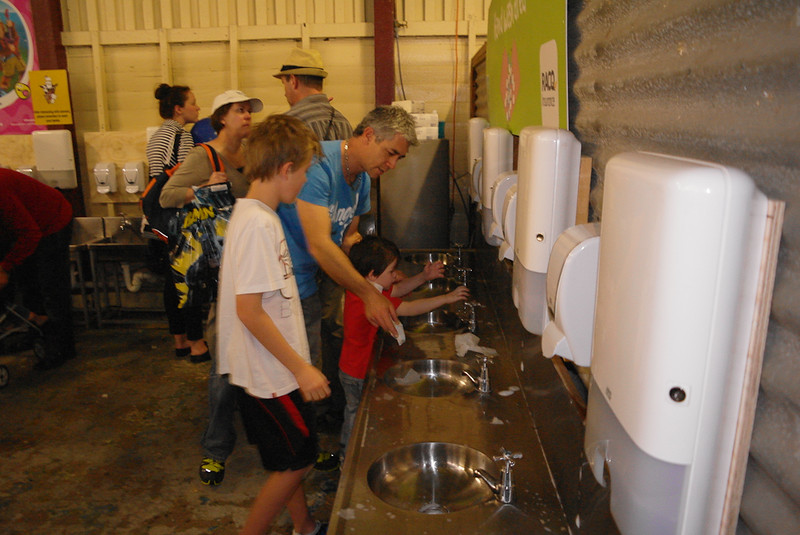 |
| Animal on show #5, Ekka Showground. 2012. |
So what really describes our relationship with animals, or more broadly, nature? The definition is becoming more ambiguous and confusing as "we go about re-contextualizing the 'natural world,' and thus, redefining the way we perceive it (
Ford 2010)." Like drawings, we picture (and hope that) the relationship as a friendly one.
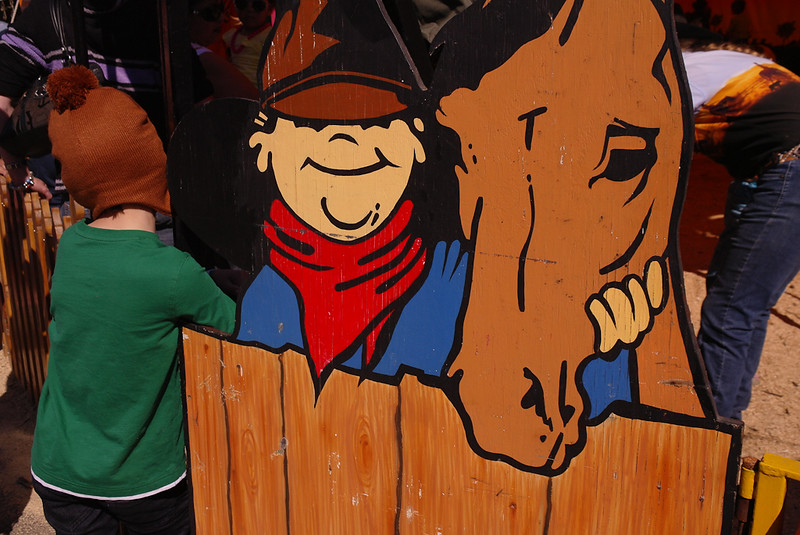 |
| Animal on show #6, Ekka Showground. 2012. |
Are we really living side-to-side with animals? Or can we? I say we can, but not totally as the human comfort zone prevents us from being truly nature.
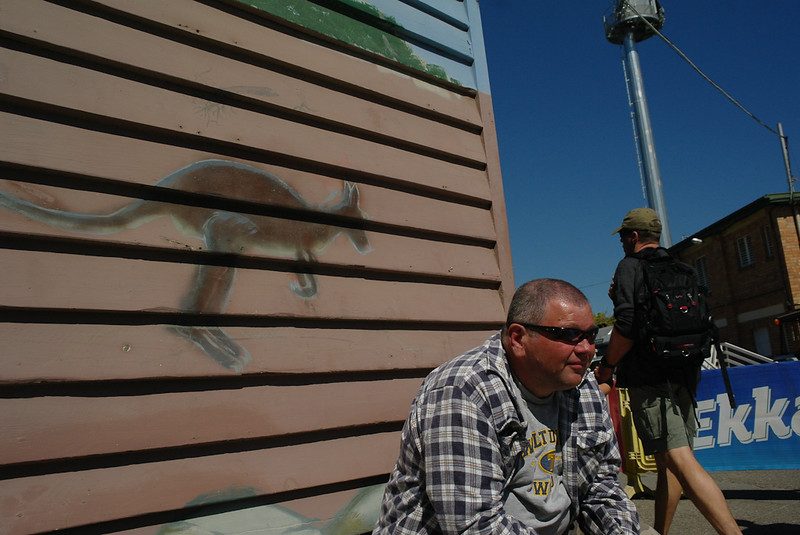 |
| Animal on show #7, Ekka Showground. 2012. |
We will continue the endless journey to search for a meaning, but I shall end this essay with a question. If love is to pursuit the happiness of both sides, can we claim our love to nature when we are actually unhappy about the current situation of the environment?
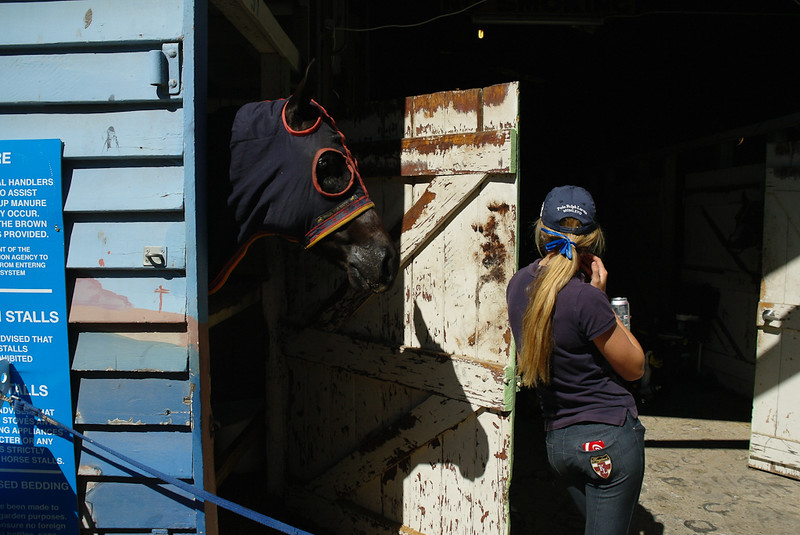 |
| Animal on show #8, Ekka Showground. 2012. |
Special thanks to:
Jeremy, who had kindly lent me his camera.
Kyle Ford and
Daniel Kukla, whose photography projects have inspired me to think about human-animal interactions.

